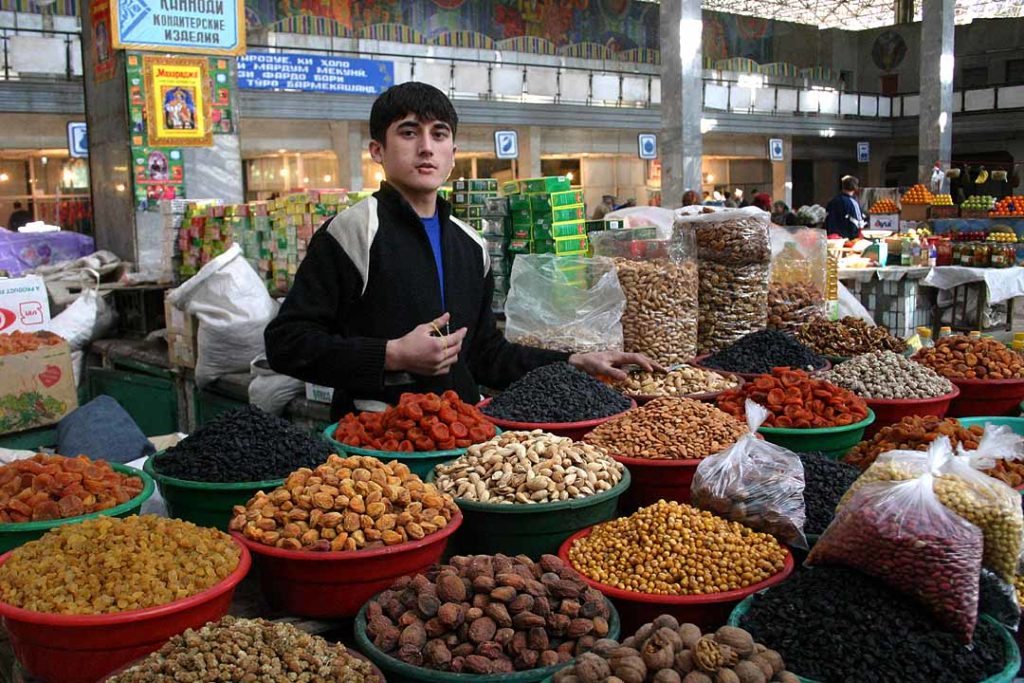The Kyrgyz and Tajik populations, plagued by a conflict that has yet to be resolved, must learn to work together. Tensions on the borders have increased in recent years. This disrupts traditional ways of life, such as a regular border crossing to go to the bazaar.
Shortly after the September 2022 conflict, Kyrgyzstan’s President Sadyr Japarov announced that he wanted to resolve border issues by May 2023. However, the Kyrgyz media outlet Kloop reported that this process is still far from complete and solutions have not (yet) been found. That is why a normalisation of cross-border relations is still out of sight.
Along some parts of the frontier, border delimitation is not particularly difficult. However, there are other sections of the international border between Kyrgyzstan and Tajikistan that prove more complex, considering that both countries use different (Soviet-era) maps to substantiate their claims.
Daily life disrupted
The inhabitants of border areas suffer the consequences of this disagreement: since the conflict in April 2021, the international border has been closed, and commercial and economic links have been frozen. This is a major problem for the local population, which has always moved freely across the border in the course of their economic activities, the Tajik branch of Radio Free Europe Radio Ozodi reported. All sectors of the economy are affected. According to researcher Gulzana Kurmanalieva, some inhabitants have given up and opted to migrate to escape the difficulties caused by this conflict.
See also on Novastan: What are the underlying reasons for the deadly Kyrgyz-Tajik border clashes?
Yet, consequences of the border conflict are visible at the state level as well, as trade between the two countries is gradually decreasing. Whereas for both Kyrgyzstan and Tajikistan, there has been an increase in trade with other countries in the region, trade between the two contracted twentyfold over the past two years.
The border closure also has consequences to Central Asia as a whole. Due to the Kyrgyz-Tajik border being closed, trade flows have been disrupted, hence seriously impacting trade between third countries as well.
Inadequate solutions
Until now, proposals to resolve the conflict have proven inadequate. As said before, both Kyrgyzstan and Tajikistan cling unto maps from the past: Tajikistan claims the borders of maps from 1924, while Kyrgyzstan insists on a border delimitation based on a map from the late 1950s. All the while, life along the border has come to a complete standstill as people are anxiously awaiting a resumption of trade and economic activities.
Goulzana Kurmanalieva explains that population growth and climate change are causing a decrease in available resources, which aggravates the risk of conflict in the future, especially in this border area. The two states must therefore come together and agree to make concessions, she concluded.
Lucas Morvan, Editor for Novastan
Translated by William Roberts
For more news and analysis from Central Asia, follow us on Twitter, Facebook, Telegram, Linkedin or Instagram.
 Kyrgyz-Tajik border: both sides hope for quick reopening
Kyrgyz-Tajik border: both sides hope for quick reopening 



